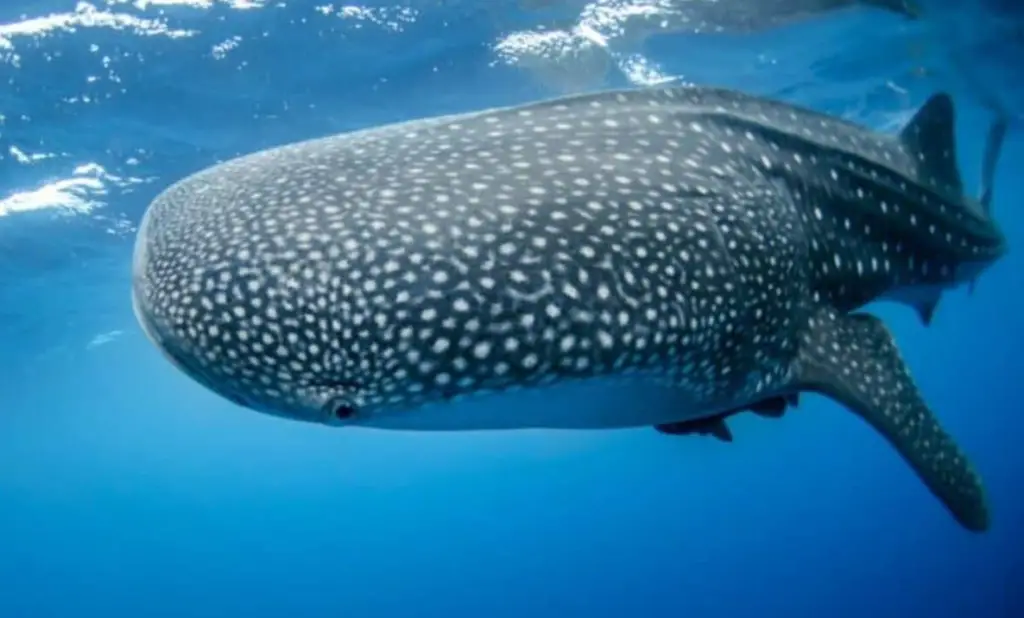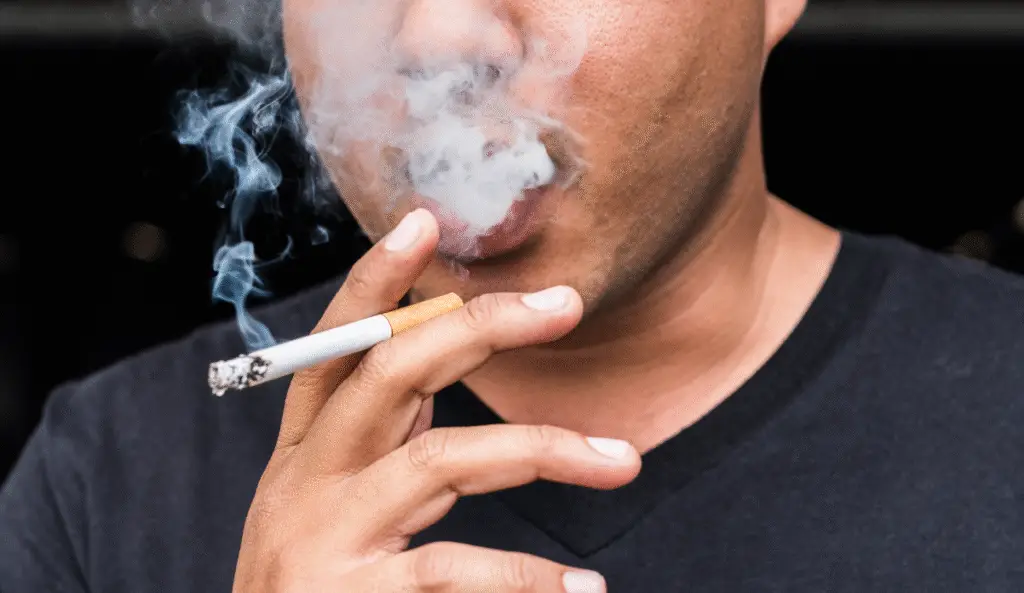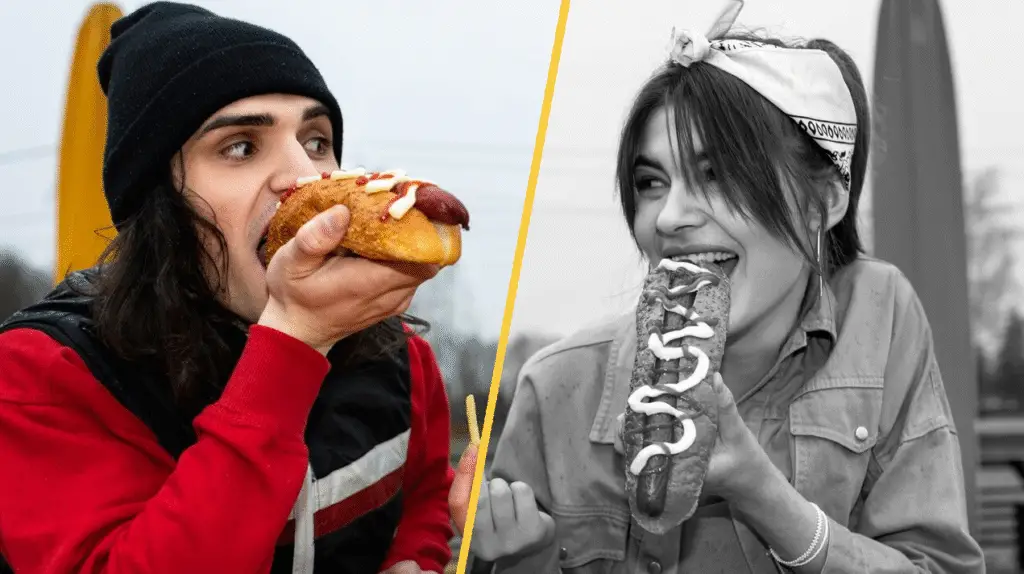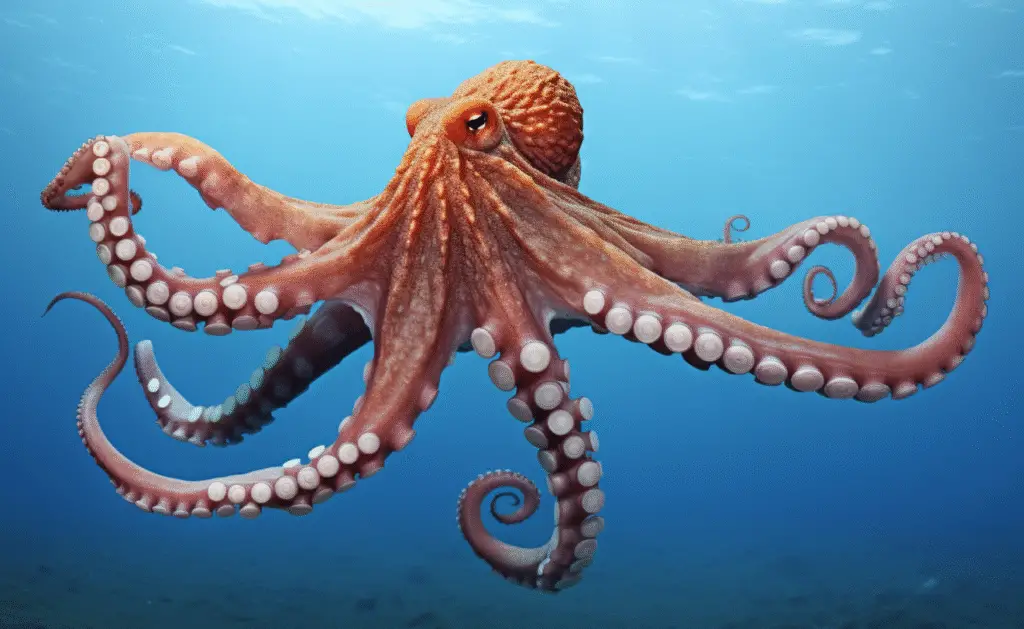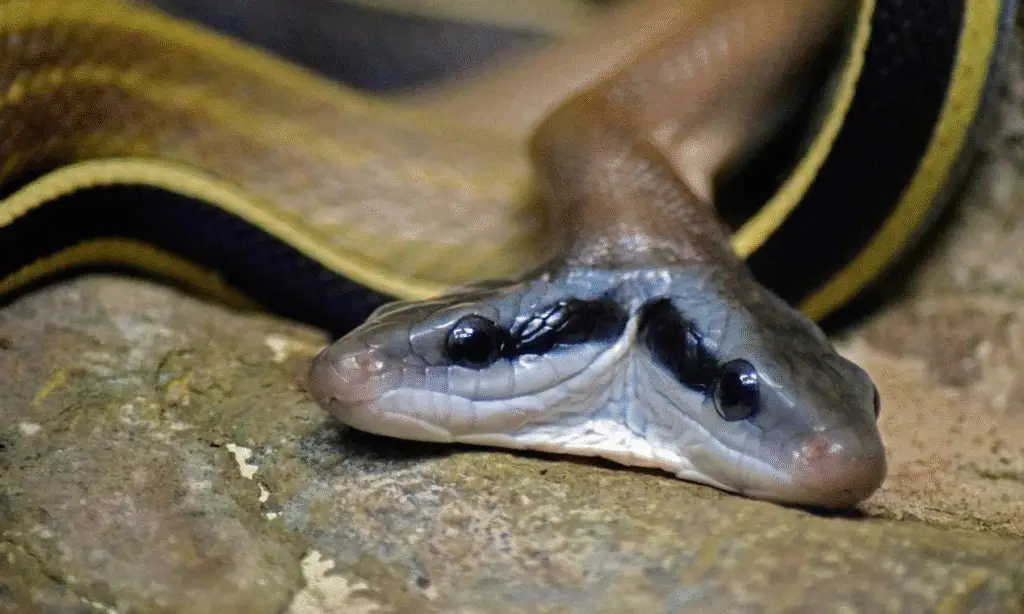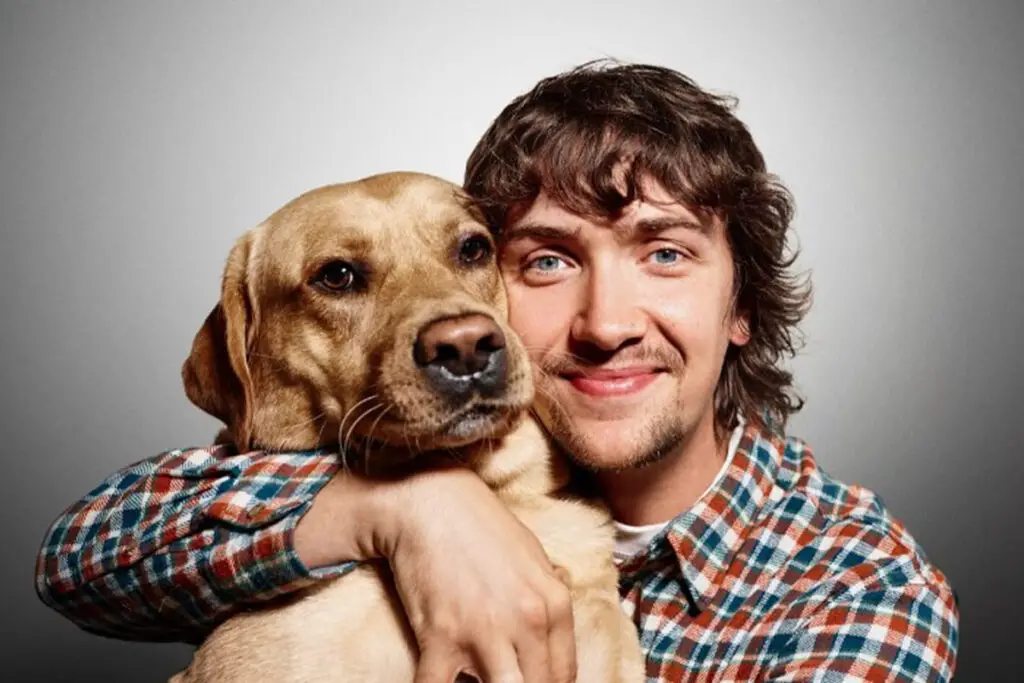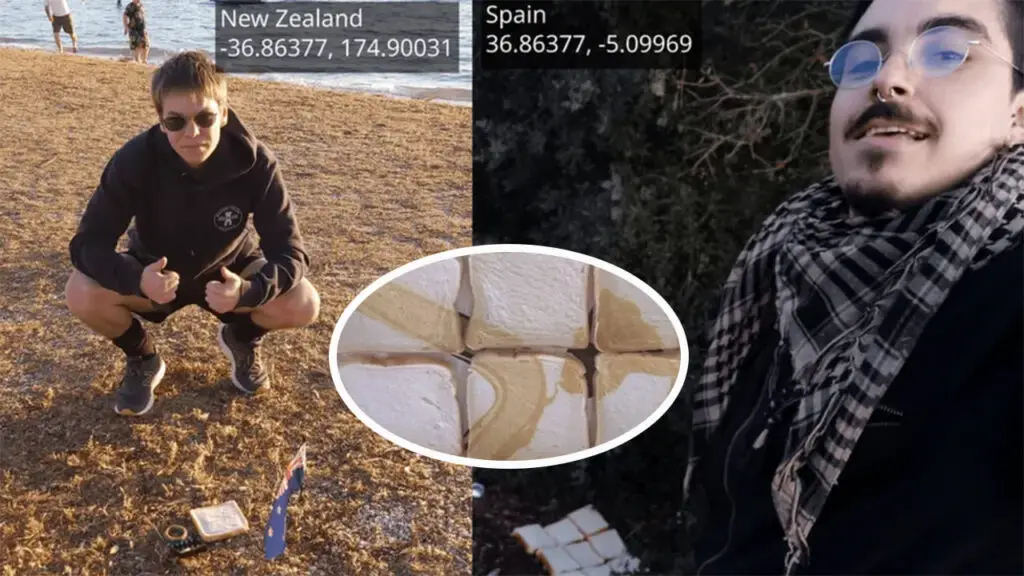How Dogs and Cats Drink Water – Explained by Physics

Let’s spill the water bowl on this: If you’ve ever watched your dog slurp water like a chaotic sprinkler or marveled at your cat’s elegant, drip-free sipping, you’ve witnessed a tiny physics showdown.
Turns out, the way our pets drink is a masterclass in fluid dynamics, evolutionary biology, and why your kitchen floor is perpetually soaked.
Take my dog, Lacey. Every time she drinks, it’s like a water park exploded in her general direction.
Puddles everywhere. But here’s the kicker: She’s not even bad at drinking. She’s just… a dog. And dogs, as it turns out, are biologically doomed to be messy.
The Cheek(y) Problem
Here’s the science tea: Dogs and cats lack full cheeks, unlike humans or horses.
Cheeks let us create a seal with our mouths, turning them into straws for sucking up liquid.
But for predators like dogs and cats, cheeks are a liability. “Excess skin would get in the way when biting prey,” explains Sunghwan Jung, a Cornell physicist who’s spent years studying how animals drink.
“Evolution traded neat drinking for stronger jaws.”
So, no cheeks, no suction. Instead, they lap. But what does that even mean? For decades, scientists thought dogs just scooped water with their tongues.
Then, in 2010, a team from MIT, Virginia Tech, and Princeton flipped the script—with cats.
Cats: The Fluid Ninjas
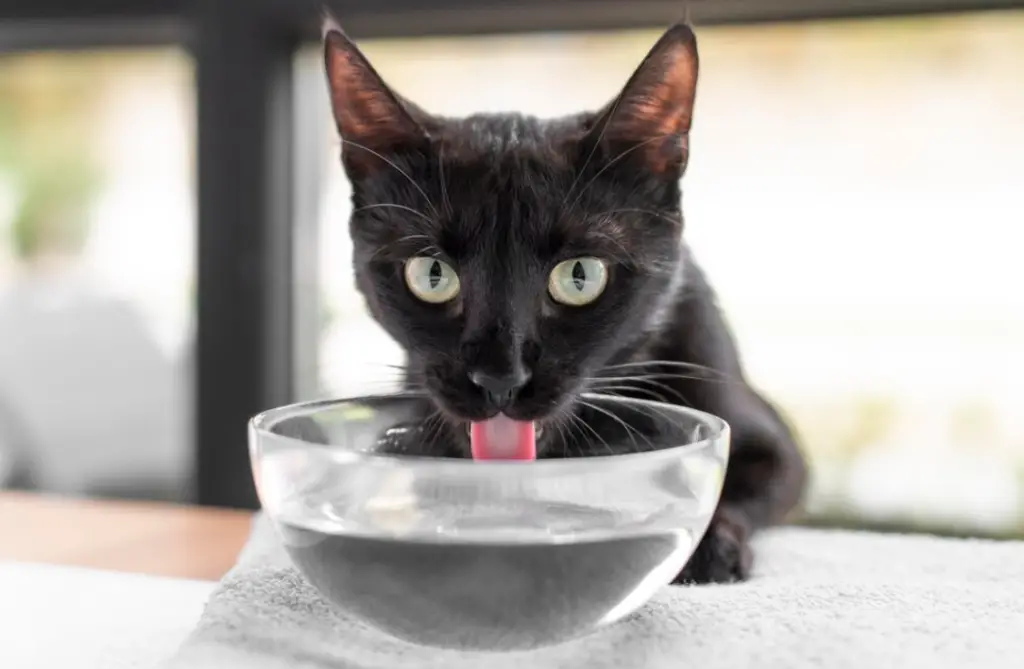
Using high-speed cameras, researchers discovered cats don’t scoop.
Instead, they flick their tongues down to the water’s surface, then yank them back up at lightning speed.
This creates a rising water column, which the cat’s mouth snaps shut around, capturing a precise sip.
The tongue’s tip barely touches the liquid—think of it as a high-speed fishing line.
“Cats exploit fluid inertia to defeat gravity,” the team wrote in their Science paper. Translation: They’re basically defying physics with elegance.
The back of the tongue then shuttles water along grooves on the roof of their mouth like a “conveyor belt” to the throat. No spills. No fuss. Just purr-fect efficiency.
But dogs? Oh, they took a different path.
Dogs: The Chaotic Piston Engineers

After the cat breakthrough, Harvard researchers X-rayed dogs in 2011 and found something shocking: Dogs use the same basic mechanism as cats.
Wait, what? But dogs’ tongues curl backward into a ladle shape! Surely that’s for scooping?
Nope. That ladle is a red herring. When dogs lap, water clings to the top of their curled tongue.
The “scoop” underneath? Useless. “Water under the tongue can’t be swallowed because dogs can’t close their mouths to push it up,” says Jung.
So that water just… dribbles out. Hence, Lacey’s puddles.
So why do dogs even bother curling their tongues? In 2015, Jung and colleagues cracked it: A curled tongue acts like a piston.
The bigger the tongue surface hitting the water, the larger the column it can pull up. Bigger dogs, like Great Danes, curl their tongues more to maximize each lap (1-2 milliliters—about half a teaspoon).
It’s messy, but effective.
Cats vs. Dogs: The Acceleration Wars
Here’s where things get juicy.
Cats and dogs both rely on rapid tongue acceleration to yank water upward.
But cats are control freaks. “They decelerate just before closing their mouths,” says Jung. “Dogs? They just go for it.”
Dogs maintain high acceleration longer, creating bigger, unstable water columns. Combine that with their cheekless faces, and you’ve got a splash zone.
Cats, meanwhile, optimize for precision. “Maybe it’s because cats hate water,” Jung laughs. “They don’t want to get wet.”
From Pets to Bats: The Physics of Drinking Gets Weirder
Jung’s now studying bats—yes, bats—to unravel how they drink mid-flight.
“It’s way more complex,” he says. “They skim water surfaces while flying, using totally different mechanics.”
Less cute than kittens, but hey, science isn’t picky.
The Takeaway
Next time your dog turns the water bowl into a splash zone, cut her some slack.
She’s working with flawed hardware, but genius software. And your cat? She’s not judging you (probably).
She’s just too busy being a fluid dynamics prodigy.
As for why evolution didn’t give dogs better table manners? Blame their ancestors.
“Predators prioritize biting over drinking neatly,” says Jung. So, sorry about your floors.










